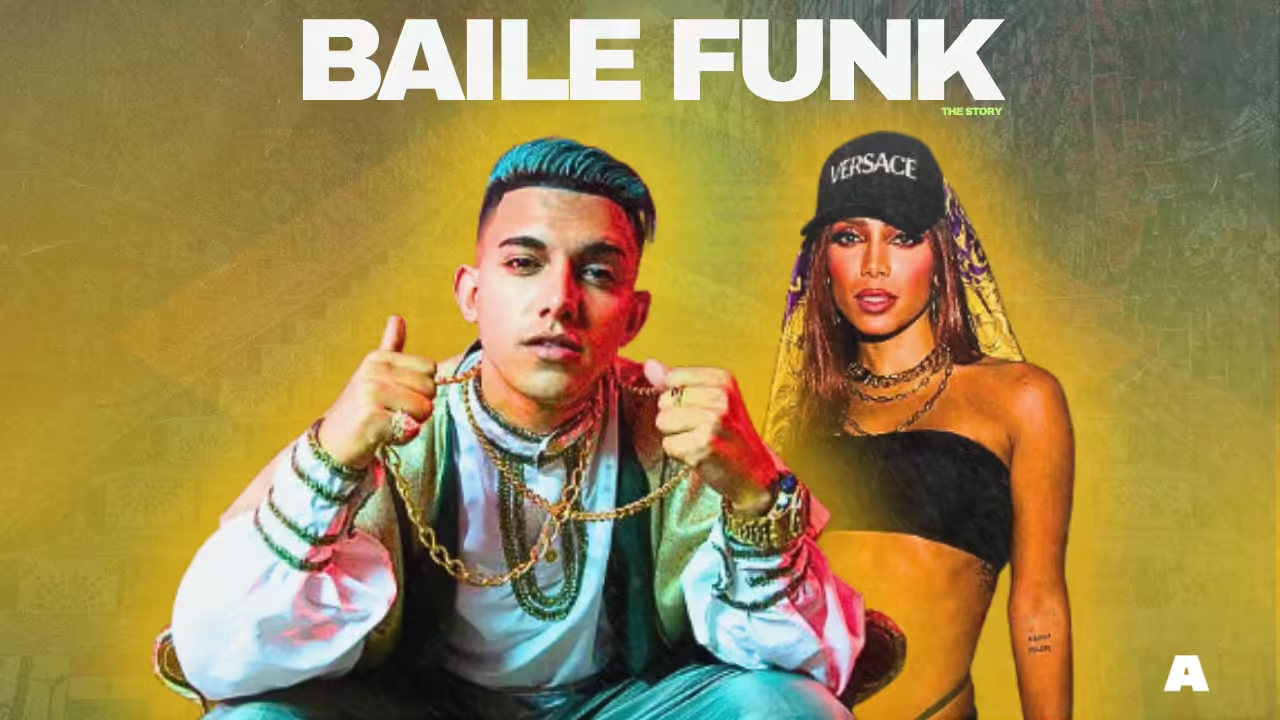You can contact us 24/7 via our Support team
€0.00
Best discounts this week for your next hits
Shattayard – Dancehall Shatta VST
Baile Funk, a vibrant and pulsating genre of music, has its roots deeply embedded in the favelas of Rio de Janeiro, Brazil. This dynamic sound, characterized by its infectious beats and energetic rhythms, has transcended its local origins to become a global phenomenon. In this article, we’ll explore the history, cultural influences, and evolution of Baile Funk music, highlighting the factors that contributed to its birth and rise.
The Origins: A Cultural Melting Pot
Baile Funk emerged in the late 1980s and early 1990s, born out of the socio-economic conditions of Rio’s favelas. The genre draws from various musical influences, including Miami Bass, disco, and traditional Brazilian rhythms such as samba and forró. This fusion reflects the diverse cultural landscape of Brazil, where different musical styles intersect and evolve.
In the context of the favelas, Baile Funk provided a voice for the marginalized communities, allowing them to express their realities, struggles, and aspirations through music. The term “Baile,” meaning “dance” in Portuguese, is fitting as the genre is intrinsically linked to dance parties that occur in these neighborhoods, where locals come together to celebrate life and community.
The Birth of the Beat: Funk Carioca
Originally known as “Funk Carioca,” Baile Funk was influenced by the Miami Bass music scene, which gained popularity in Brazil during the 1980s. Producers began to experiment with drum machines and synthesizers, creating a distinct sound characterized by heavy bass lines and fast-paced rhythms. This innovative use of technology set the stage for the unique identity of Baile Funk.
As the genre developed, it began to incorporate elements of hip-hop, reggae, and electronic music, further broadening its appeal. Artists like DJ Marlboro and MC Marcinho became instrumental in shaping the sound and style of Baile Funk, helping to popularize it beyond the favelas.
The Dance Culture: Baile Funk Parties
Baile Funk is not just about music; it is a cultural movement that thrives on the energy of dance. The parties, known as “bailes,” are central to the Baile Funk scene, where DJs spin tracks and MCs hype up the crowd. These events are characterized by their lively atmosphere, vibrant fashion, and a sense of community that brings people together.
At these parties, dance styles such as “passinho” emerged, showcasing the creativity and expressiveness of the dancers. Passinho blends traditional Brazilian dance moves with contemporary styles, making it a symbol of the youth culture within the favelas.
The Rise to Fame: Global Influence
As technology advanced and social media became prevalent, Baile Funk began to spread beyond Brazil. Artists and DJs started sharing their music on platforms like YouTube and SoundCloud, reaching audiences worldwide. Collaborations with international artists further propelled the genre into the global music scene.
In recent years, Baile Funk has influenced various music genres, from hip-hop to pop, with artists like Major Lazer and Diplo incorporating its elements into their tracks. The genre’s infectious energy and rhythm have made it a favorite in clubs and festivals around the world, showcasing its adaptability and universal appeal.
Conclusion: A Sound of Resilience and Joy
Baile Funk music is more than just a genre; it is a testament to the resilience and creativity of the communities from which it originated. Its ability to adapt and evolve while remaining rooted in its cultural heritage speaks to the power of music as a tool for expression and connection.
As we celebrate the vibrant sounds of Baile Funk, we also recognize the stories, struggles, and triumphs of those who created it. This genre will continue to inspire and unite people, transcending borders and bringing joy to dance floors across the globe.


